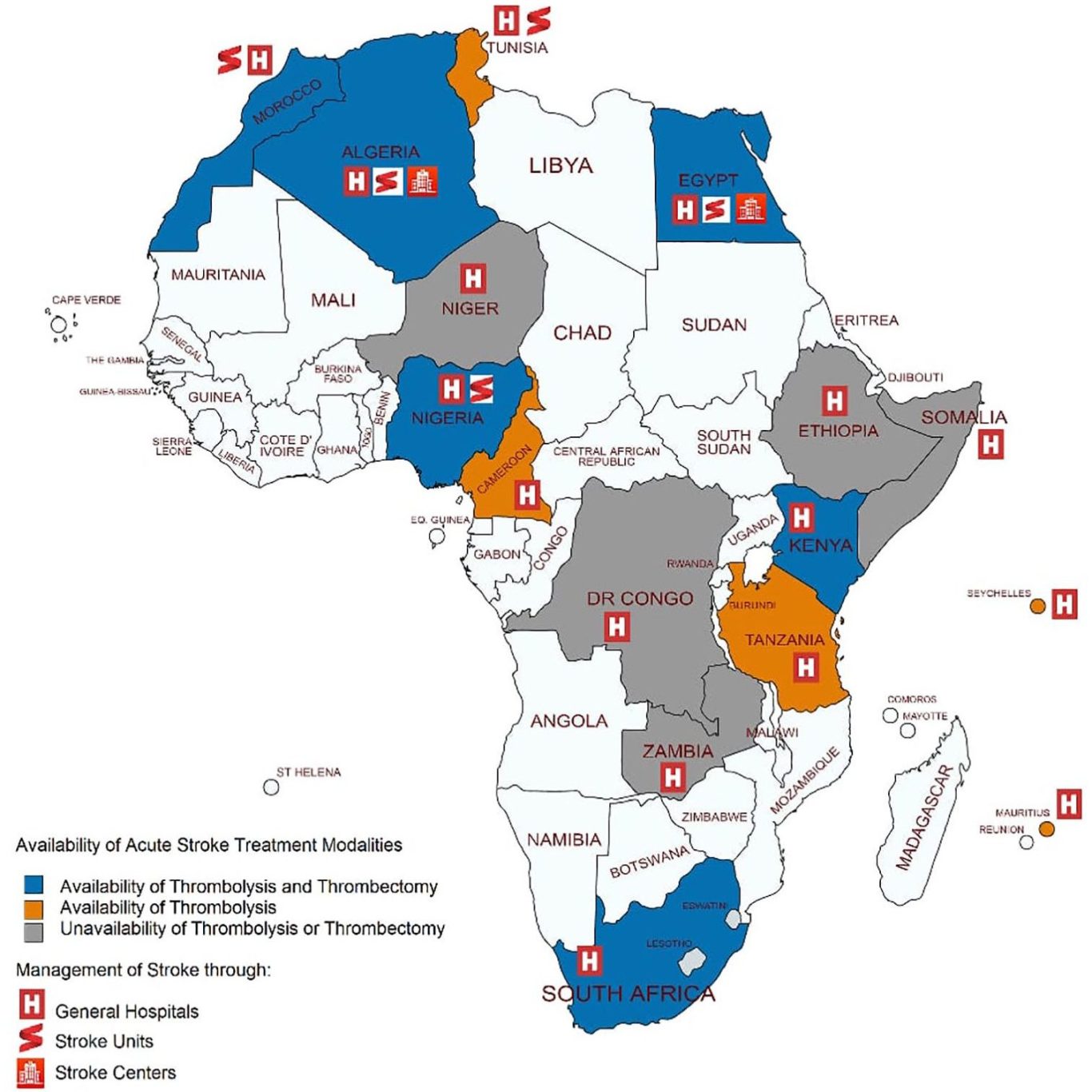Background
The Global Burden of Disease study estimated that in 2016 there were 5.5 million deaths and 116.4 million disability-adjusted life years (DALYs) lost due to stroke, making it the second most common cause of death worldwide. From 1990 to 2016 the global incidence of stroke has decreased; however the incidence has risen in sub-Saharan Africa and Asia. Notably, 87% of DALYs lost due to stroke and 86% of stroke-related mortality occurs in LMICs. Given the significant burden stroke has been designated as one of the priorities by the World Health Organization. A recent survey of 17 African countries demonstrated that there were only 5 stroke units and 2 designated stroke centers.

Mechanical thrombectomy stands as a revolutionary breakthrough in the field of neurosurgery and interventional neurology, redefining the treatment landscape for patients suffering acute ischemic stroke caused by large vessel occlusion. Several randomized controlled trials (RCTs) have demonstrated that compared to standard medical management, endovascular intervention with mechanical thrombectomy is associated with significantly improved outcomes. The procedure's remarkable efficacy has led to its rapid adoption as the standard of care in many well-resourced healthcare settings. However, the challenge remains in extending this treatment modality to regions with limited medical infrastructure. The Mechanical Thrombectomy Global Access For Stroke (MT-GLASS) study demonstrated that global access to mechanical thrombectomy is <3% of the demand, and <1% in most LMICs.
Recent initiatives have shown that many treatment guidelines developed in high-resource countries may not be applicable in low resource settings due to constraints in facilities, equipment, and personnel. Recognizing this, the Essential emergency and Critical Care (EECC) study published an expert consensus in 2021 outlining essential requirements for critical care emphaszing what is necessary rather than ideal for all hospitals worldwide. This concept of defining "essential requirement" can extend to other medical fields, providing guidelines for necessary facilities,equipment, and personnel.
Another significant challenge is the lack of trained providers and specialized equipment. Efforts from various organization such as The World Federation for Interventional Stroke Treatment (WIST), Mission Thrombectomy 2020, and the Road To IR contribute to the ongoing approach to develop sustainable capacity for mechanical thrombectomy in resource limited settings.
We need your consent to load the translations
We use a third-party service to translate the website content that may collect data about your activity. Please review the details in the privacy policy and accept the service to view the translations.

